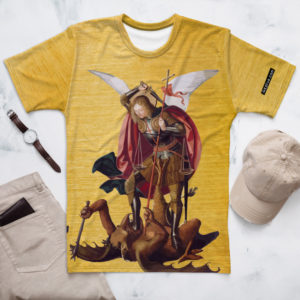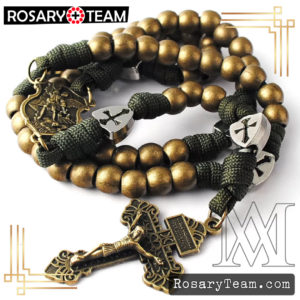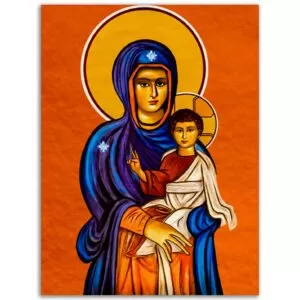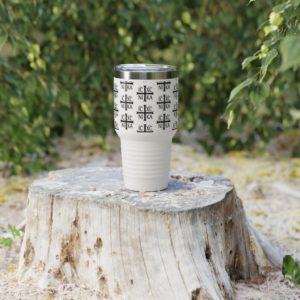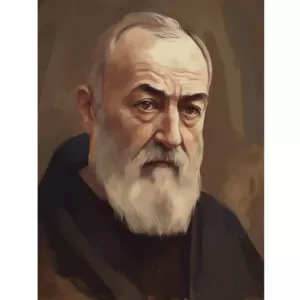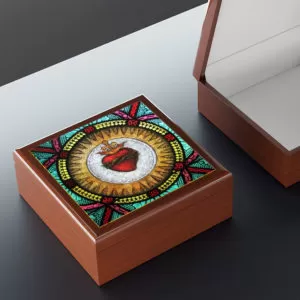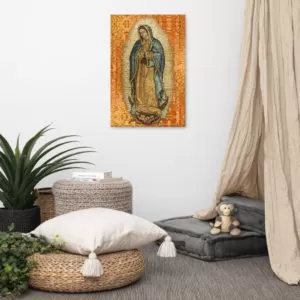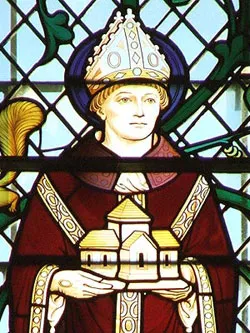SAINT NICHOLAS
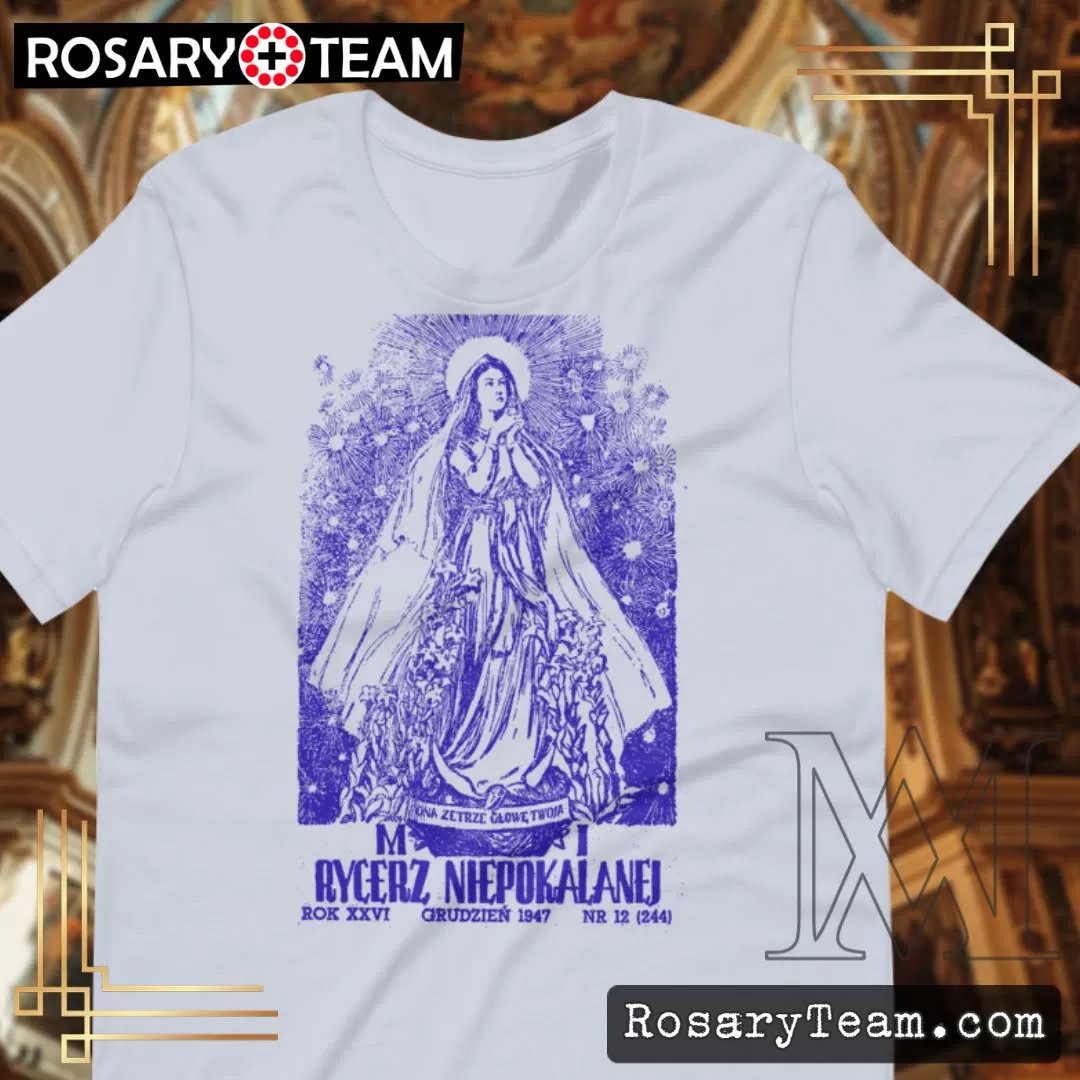
SAINT NICHOLAS
Saint Nicholas called of Bari, Bishop of Myra in theFourth Century, has been honored for many ages and the number of altars and churches which have been everywhere dedicated in his memory are testimonials to his holiness and of the glory which he enjoys with God. He is said to have been born at Patara in Lycia, a province of Asia Minor. Myra, the capital was an episcopal see. Saint Nicholas was chosen bishop when it became vacant. He became famous by his extraordinary piety and zeal and many astonishing miracles. Saint Nicholas suffered imprisonment of the faith and made a glorious confession in the latter part of the persecution raised by Dioletian, and that he was present at the Council of Nicaea and there condemned Arianism. The silence of other authors makes many justly suspect these circumstances. He died at Myra, and was buried in his cathedral.
We are assured that from his earliest days Nicholas would take nourishment only once on Wednesdays and Fridays, and that in the evening according to the canons. His parents died when he was a young man, leaving him well off and he determined to devote his inheritance to works of charity. A citizen of Patara had lost all his money, and had to support three daughters who could not find husbands because of their poverty. The man was going to give them over to prostitution. Saint Nicholas threw a bag of gold into an open window of the man’s house under cover of darkness. At intervals Nicholas did the same for the second and third. It would appear that the three purses represented in pictures, came to be mistaken for the heads of three children and so they gave rise to the absurdstory of the children, resuscitated by the saint, who had been killed by an innkeeper and pickled in a brine-tub.
The accounts are unanimous that Saint Nicholas died and was buried in his episcopal city of Myra, and by the time of Justinian there was a basilica built in his honor at Constantinople. When Myra and its great shrine finally passed into the hands of the Saracens several Italian cities saw this as an opportunity to acquire the relics of Saint Nicholas for themselves. There was great competition for them between Venice and Bari. Bari won and the relics were carried off under the noses of the lawful Greek custodians and their Mohammedan masters on May 9, 1087. A new church was built to shelter them and the pope, Bd. Urban II, was present at their enshrining. At Myra the venerable body of the bishop embalmed as it was in the good ointments of virtue exuded a sweet smelling myrrh which kept it from corruption and proved a health giving remedy against sickness to the glory of him who had glorified Jesus Christ, our true God. The translation of the relics did not interrupt this phenomenon, and the manna of St. Nicholas is said to flow to this day.
Feast day December 6.
rosary.team


